Session 3: Cardiovascular Point-of-Care Ultrasound
Species
Small Animal
Contact Hours
2 Hours - RACE Approved
Language
English
Discipline
Cardiology
Internal Medicine – Endocrinology, Haematology, Infectious Diseases, Parasitology & Oncology
Sports Medicine
Veterinary Partners
Global


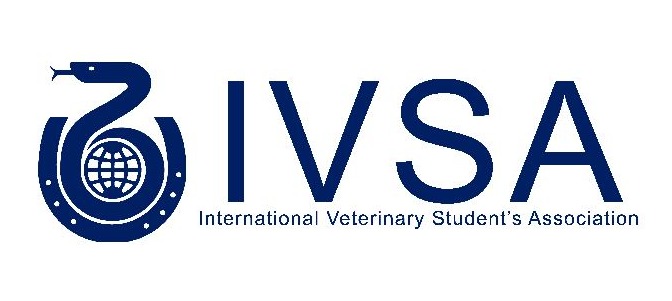
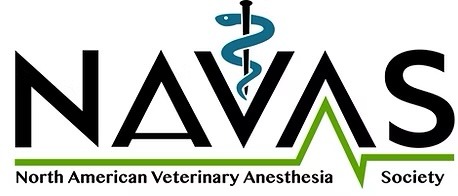
North America
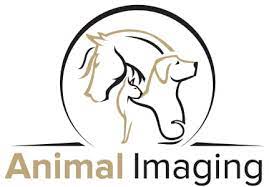
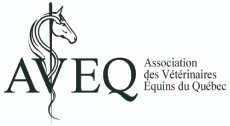
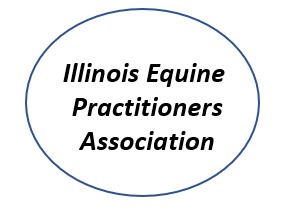
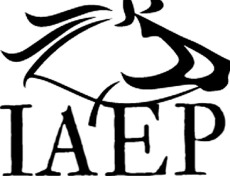
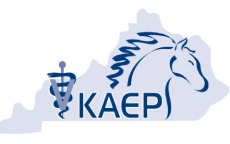
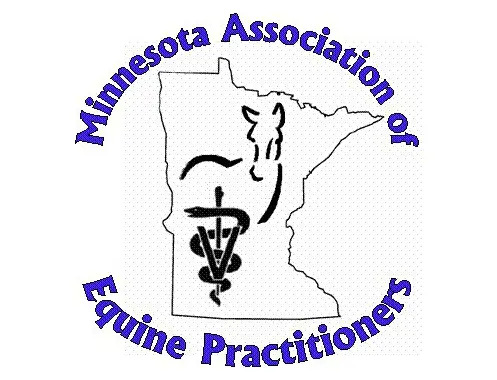
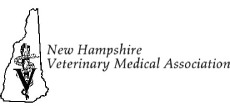


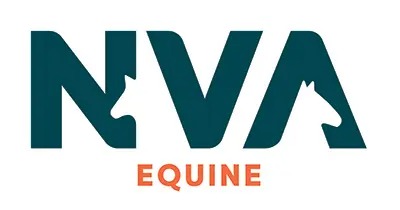

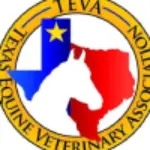

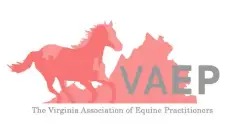
Europe
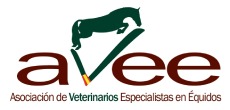
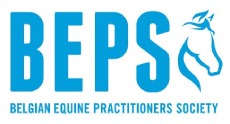


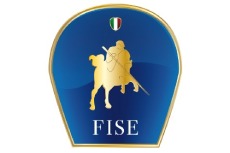

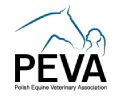
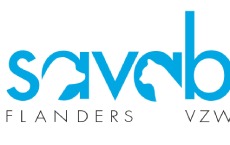
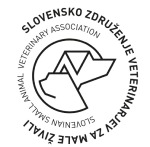
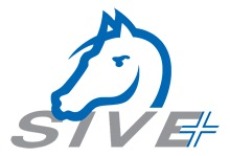



Middle East & Africa
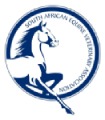
Asia-Pacific

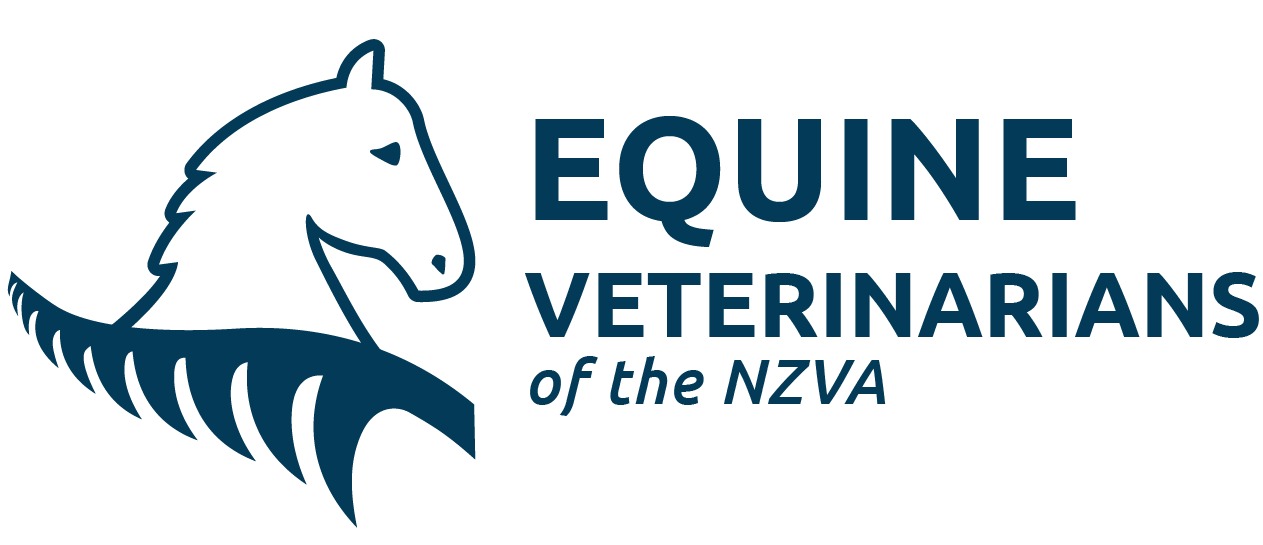
Recorded: December 2020
Part of the Online Lecture Series on Rapid practical Ultrasound for everyday General & Emergency Medicine
CONTENT DESCRIPTION
Session 3: Cardiovascular Point-of-Care Ultrasound
Lecture 1 (60min): Point-of-Care Ultrasound in Small Animal Practice Made Easy: Cardiac Ultrasound made easy!
Ever struggle with deciding if the dyspneic cat or dog should receive furosemide for possible congestive heart failure or wonder if maybe steroid administration for feline asthma would be more appropriate? What about differentiating pericardial effusion from dilated cardiomyopathy on thoracic radiographs, or trying to decide if that fluid seen on ultrasound is pleural or pericardial? What about differentiating pseudohypertrophy and hypovolemia from hypertrophic cardiomyopathy in the cat? Ultrasound can help! This co-lecture (if you make it this far with the contrasting approaches of a criticalist and an internist) will build on each prior lecture and continue the binary approach to answering clinically relevant and appropriate questions to ask. The best part of POCUS is that you do not have to be a cardiologist or radiologist to perform these techniques! The principles of cardiac anatomy with an emphasis on the key cardiac windows to assess (there are 3 that answer most clinically relevant questions), being able to confidently identify pericardial effusion, and cardiac volume status will be presented.
OBJECTIVES:
- Describe the 3 key cardiac windows when performing cardiac POCUS
- Describe how the left atrial aortic ratio is used in point-of-care ultrasound
- Describe echocardiographic variables that are used to assess hyper and hypovolemia
- Describe windows used to identify pericardial effusion
- Explain how the pericardio-diaphragmatic window can be used to help differentiate pericardial from pleural effusion
Lecture 2 (60min): Point-of-Care Ultrasound in Small Animal Practice Made Easy: Vascular Ultrasound – Estimating Fluid Status, Fluid Responsiveness & Fluid Overload
A patient presents collapsed, it has poor pulses and a prolonged capillary refill time – it is in cardiovascular shock(the internist runs away)! Should an IV fluid bolus be given, and if so, how much and how will the patient likely respond to IV fluid therapy (the criticalist is super excited)? Where and how can you look at the vascular system to estimate intravenous volume status and fluid responsiveness? What is a flat vs. fat vena cava tell you? One last question: have you ever struggled to place an IV catheter in a patient that is dehydrated, has hematomas, thick skin or edema? You guessed it, ultrasound can help, and we will show you how!
OBJECTIVES:
- Describe where to assess fluid responsiveness using POCUS
- Explain how the caudal vena cava is used to estimate intravascular volume status
- Describe the difference between in plane and out of plane ultrasound guided vascular access
- Tie together cardiac POCUS, lung ultrasound, and vascular POCUS to estimate and differentiate hypovolemia from volume overload
.
Dr Boysen graduated from the Western College of Veterinary Medicine (WCVM), Saskatoon, Saskatchewan in 1996, worked in private practice for a year and then completed an internship at the Atlantic Veterinary College in Prince Edward Island. He spent a year as an emergency clinician in Chicago before completing a residency in small animal emergency/critical care at Tufts University in Massachusetts. He became a diplomate of the American College of Veterinary Emergency and Critical care in 2003 and worked at the University of Montreal veterinary teaching hospital from October 2003 to December 2008.
Dr. Søren Boysen joined UCVM in January 2009. He is a Professor in small animal emergency and critical care in the Department of Veterinary Clinical and Diagnostic Sciences. His clinical home is predominantly based out of Western Veterinary Specialist and Emergency Centre, although he also contributes to student teaching and case consultation at the CARE Centre. He is actively involved in both the American and European veterinary emergency and critical care societies, as well as the Veterinary trauma initiative, serving on several committees for these organizations.
He is an internationally recognized lecturer, speaking at numerous international conferences around the world. Although he is happy to speak on any small animal emergency and critical care topic his true passion lies within emergency point of care ultrasound, perfusions, hemorrhage and shock.
Dr. Boysen is also heavily integrated in teaching and learning within the UCVM program, teaching across all 4 years of the undergraduate program, as well as working with the interns and being a member of the Teaching Academy for the University of Calgary. He has received several teaching awards over the years for his contribution to higher education within the veterinary curriculum.
More InfoDr. Chalhoub graduated from the DVM program at the Faculté de médecine vétérinaire (FMV) of the Université de Montréal in 2004. Serge followed this with a one-year rotating small animal clinical internship at the same institution. After working for two years as a general practitioner and emergency veterinarian in Montreal, Serge pursued a residency in small animal internal medicine at the Animal Medical Center (AMC) in New York City. Once his residency completed in 2009 he stayed on at the AMC as their first renal/hemodialysis fellow and then as a staff doctor.
Dr. Chalhoub has been a faculty member at the University of Calgary’s Faculty of Veterinary Medicine (UCVM) since 2012 and currently holds the rank of Associate Professor (Teaching). He was the recipient of the 2021 and 2013 Canadian Veterinary Medical Association’s Teacher of the Year Award, the 2015 University of Calgary Team Teacher of the Year Award, the 2017 Carl J. Norden Distinguished Teacher Award, and is a 2024 3M National Teaching Fellowship recipient recognizing Canada’s outstanding teachers. Serge is the coordinator of a community outreach-service learning program (UCVM-CUPS Pet Health Clinic) for disadvantaged Calgarians. He has authored and co-authored numerous scientific articles and book chapters on veterinary point of care ultrasound, renal and urinary medicine, and lectures around the world on these topics. He was a member of the National Issues Committee (NIC) of the CVMA until 2024 and is currently serving as Past President on the council of the Alberta Veterinary Medical Association (ABVMA).
More InfoVeterinary Student
Online MasterClass
USD 30.00
Qualified Vet
Online MasterClass
USD 130.00
Intern/Resident/PhD (Requires proof of status)
Online MasterClass
USD 100.00
Vet Nurse/Vet Tech (Requires proof of status)
Online MasterClass
USD 100.00
If the options you are looking for are unavailable, please contact us.
No tax will be added unless you are a UK taxpayer
Choose currency at checkout
















